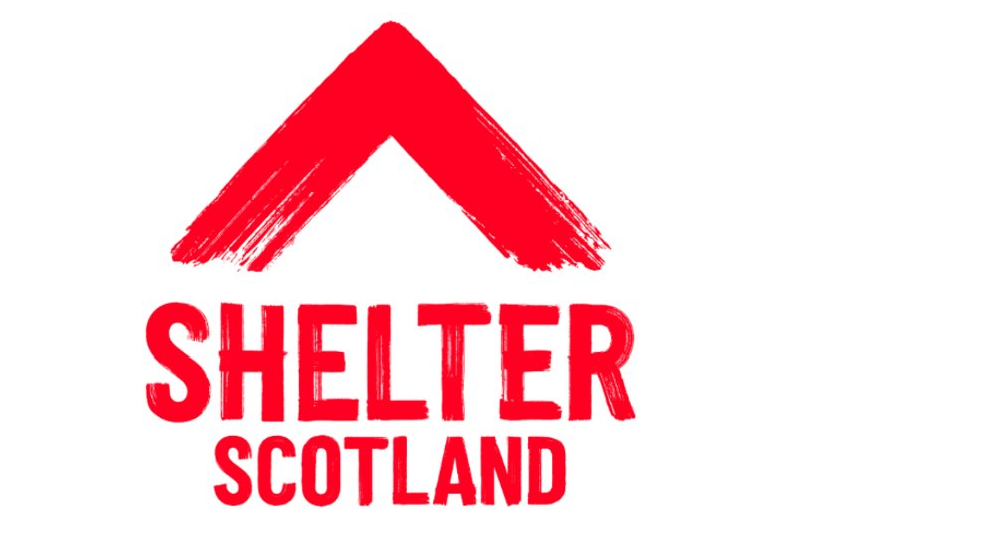Repayment charges
In some situations, when a local authority has carried out repair, demolition or maintenance work on behalf of a home owner and needs to recover the costs of that work, it can make a repayment charge. Repayment charges were introduced by the Housing (Scotland) Act 2006.
Situations in which local authorities can make a repayment charge
A local authority can make a repayment charge to recover expenses incurred by: [1]
work carried out to enforce a work or demolition notice
work carried out to enforce a maintenance plan
payments made to a maintenance account in respect of missing shares
work carried out to enforce a repairing standard enforcement order
work carried out to enforce an HMO amenity notice (these notices are not yet in force).
Repayable amount
The amount to be repaid is set at the lowest of:[2]
the amount owed for enforcing a work notice, demolition notice or maintenance plan, or
a lower amount determined by the local authority, or
an amount prescribed by the Scottish Ministers as the maximum repayable amount (so far no such amount has been set).
How repayment charges work
Repayment charges should be issued using a standard form.[3] The charge must specify:[4]
the amount recoverable (see above)
the address of the property to which the charge is being made (or the site, if the property has been demolished),[5] and
the date on which the instalments must be paid.
The repayable amount must be paid off in 30 equal annual instalments payable on the same date each year, as laid out in the charge.[6]
The local authority will then register the charge in the appropriate Land Register.[7] The repayment charge has priority over all future burdens and debts secured on the house and, with some exceptions, existing burdens and debts.[8] If the property is sold with the charge still in place, the new owner will become responsible for the debt, unless s/he bought the property in good faith before the charge was registered.[9]
Discharging a repayment charge
The charge can be redeemed early by paying off a sum agreed with the local authority or, where there is no agreement, an amount determined by Scottish Ministers.[10] Once the charge has been paid off, the local authority must register the discharge of the repayment charge on the Land Register using the standard form.[11]
Last updated: 29 December 2014
